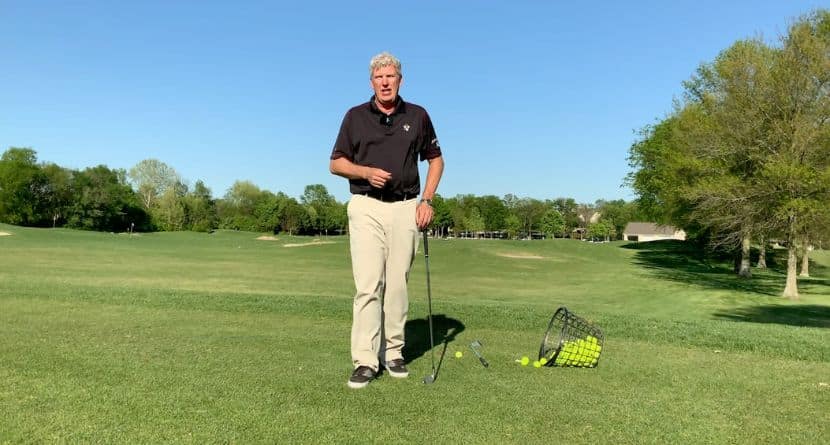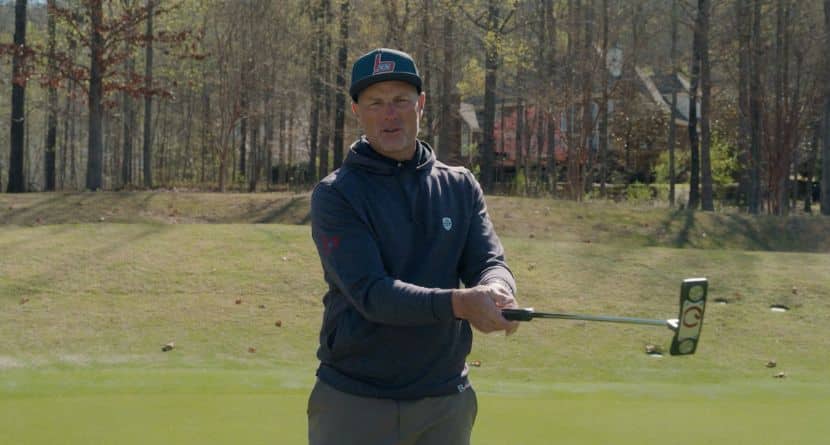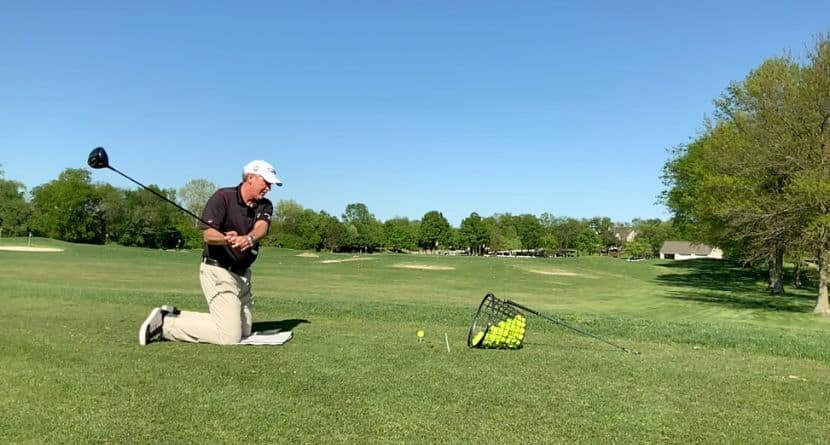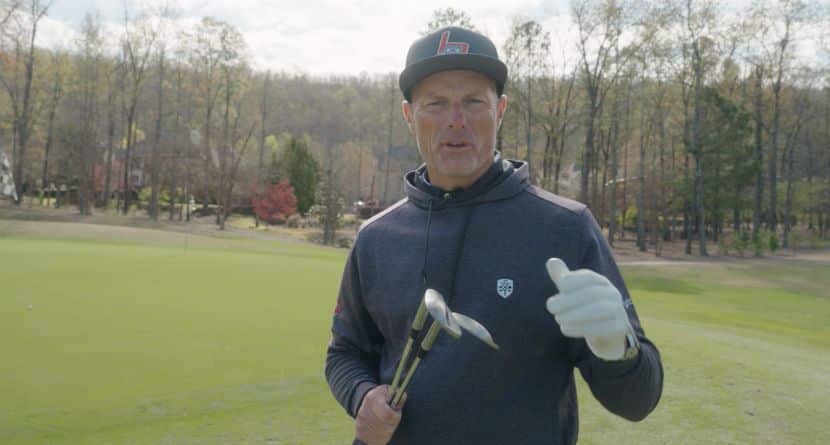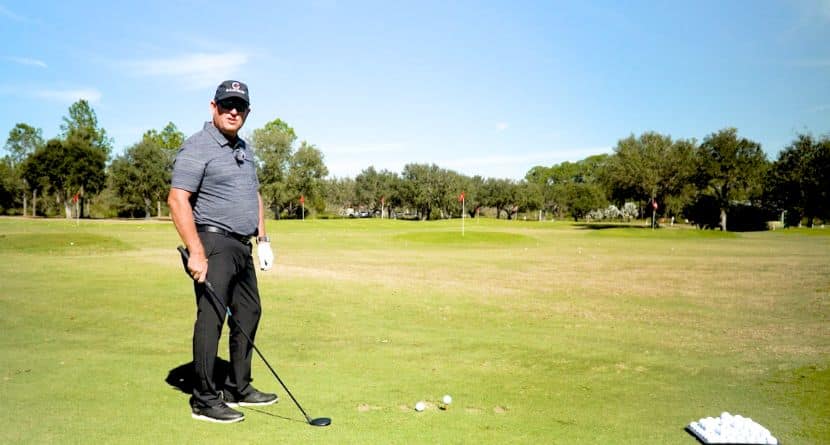The last time Tiger Woods won a FedEx Cup Playoff event was the 2009 BMW Championship.
Played at Cog Hill Golf and Country Club, Woods took control of the tournament with a Saturday 9-under par 62, but on Sunday outside of Chicago, Woods pulled off one of the best birdies of his career.
Facing the 615-yard par-5 9th hole, Woods shoved his driver way right and had to pull off not one, but two fantastic recovery shots to convert what on-course reporter Roger Maltbie called an “all-universe” birdie.
Swing-U instructor Aaron Ungvarsky explains how Tiger hit both recovery shots and how you can learn from each.
Second Shot: Escaping Trouble
- Sometimes the high-risk play and the only play are the same. We see that Tiger had a narrow tunnel and needed to keep the ball low for over 40 yards and work it slightly to left-to-right. The key to this shot is trajectory control.
- To ensure the low flight, we need to play the ball inside our back foot and remember the closer the ball moves towards the center of the stance, the higher the trajectory will be. The back-of-stance ball position means we will contact it first, taking any adverse conditions out of play.
- The lie will always dictate the shot, so evaluate your options based on the expected contact that can be made.
- A shorter-than-normal backswing will help control the club into impact and avoid an early release of the club, which would add loft. Think about keeping the club shaft under your back shoulder.
- Swing through impact and let the club pass the hands. Feel the left back of your left hand pointing towards the ground as you make your follow through. This is a great indicator that you have swung aggressively at the ball and will be driving it low down the intended target line.
Third Shot: Hooded Wedge
- Hooding or closing the face of a lofted wedge is a great way to impart maximum spin on a shot that only needs to travel 80 yards or less. Also, because the club is shorter, amateurs can easily adjust to play the turned-down wedge.
- Set your feet, hips and shoulders on the line you want the ball to start on. Then shut the face of the wedge so it is pointing at the target. This will close the clubface the right amount so the ball will hook and finish at the target.
- Make sure not to arbitrarily close the face of your club, this can result in over-hooking the shot and getting into more trouble.
- Rehearse a few swings that accentuate an inside-to-out path and picture the ball hooking towards the target.
- Play the ball in the normal back-of-center wedge position and allow for the shaft to lean forward at address. We want to maintain the shaft lean through impact and lead with the hands because the shot does not require a normal release.
- Swing along the body lines established by your feet, hips, and shoulders with the flatter in-to-out path and the wedge — with clean grooves — will do the work for you.


